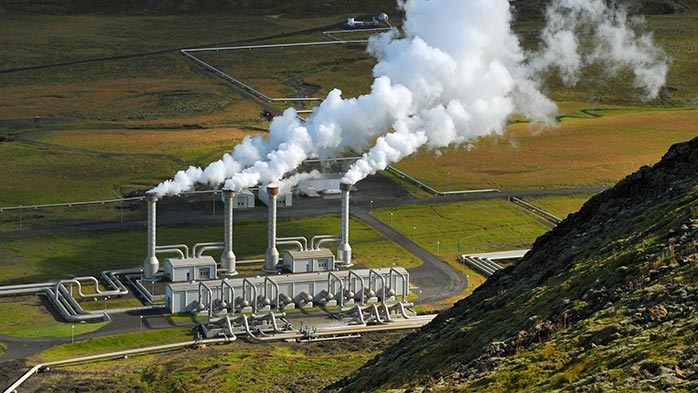Distribution

February 17, 2025
New Section 232 tariff: Leverage to pay for power
Written by Greg Wittbecker
The newly announced amendments to Section 232 boost the ad valorem duty (a volume-based tariff) from 10 to 25% of the declared customs value for primary aluminum.
This boost in the rate gives Alcoa and Century windfall revenue gains as the Midwest physical premium responds to this.
If we measure the windfall from Inauguration Day ($0.2385 per pound) to current nominal valuations of $0.385 on CME, the two producers are up about $0.1465 per pound.
This revenue boost is doubly important to Century, which has the largest amount of idled smelter capacity (307,500 metric tons at Hawesville and Mt. Holly).
It raises the question as to whether this revenue boost gives them sufficient confidence to pay more for power to restart one or both smelters.
For Alcoa, it is more of an internal discussion, as their 54,000 tons of idled capacity at Warrick could be fed from onsite generating capacity that they own (Units 1-2-3) or partner with CenterPoint Energy (Unit 4 is 50/50 joint venture).
How the windfall revenue impacts the ability to pay
The International Aluminum Institute (IAI) tells us that North American smelters need 14,821 kilowatt hours (KWH) of electricity to make a metric ton of primary aluminum. That is 14.821 megawatt hours (MWH). We convert to MWH because power costs are denominated in MWH.
If we take the current gain from the Midwest premium since Inauguration Day, we can determine how that would impact the ability to pay for power.
The $0.1465 per pound appreciation in the Midwest premium = $322.98 per metric ton.
This would translate into $21.79 per MWH of revenue gain.
Now, let’s compare that to prevailing power prices on the CME MISO Indiana Hub power futures market. The MISO Indiana Hub is a good benchmark for where Century (or Alcoa) would l price forward delivery power contracts for purposes of re-powering Hawesville or Warrick.
| Delivery Period | Price in $ per MWH |
| March 2025 | 46.26 |
| July 2025 | 74.40 |
| December 2025 | 59.70 |
| December 2026 | 67.95 |
| December 2027 | 71.50 |
| December 2028 | 76.00 |
| December 2029 | 79.10 |
Most producers today would like to have power at $40 per MWH or less. So, the current MISO forward curve on power would not be attractive to Century or Alcoa.
This is where the windfall revenue “could” come into play. The $21.79 per MWH gains from the Midwest “could” apply towards the forward power curve to buy down net cost as shown below:
| Delivery Period | Price in $ per MWH | Buy Down | Net Cost |
| March 2025 | 46.26 | -21.79 | 24.47 |
| July 2025 | 74.40 | -21.79 | 52.61 |
| December 2025 | 59.70 | -21.79 | 37.91 |
| December 2026 | 67.95 | -21.79 | 51.83 |
| December 2027 | 71.50 | -21.79 | 49.71 |
| December 2028 | 76.00 | -21.79 | 48.08 |
| December 2029 | 79.10 | -21.79 | 57.31 |
This exercise would bring power below the target price of $40 in the spot market and in December 2025. However, this would be inadequate to justify the investment in restarting. This is always the trap when casual observers of the power market talk about power. There is a tendency to look at the spot market and assume it will roll forward. The above table demonstrates the problem…the forward market is in a contango or premium to spot. Restart decisions are going to be made when forward 2- or 3-year power prices align with their target. This allows them to amortize the restart costs over a longer period.
Restart costs are high, up to $300 per metric ton. That covers things like pot relining, refurnishing electrical systems, finding skilled labor in this tight labor market, etc.
These restart costs may also be where Alcoa and Century may elect to allocate the $300+ revenue gains, leaving them still on the hunt for competitive power.
One reason for optimism is that the Midwest may not be done appreciating. As we have discussed in other AMU columns, the market has still not decided how to handicap the tariffs and price them. Some analysts still think we are headed to $.50 per pound over LME. That would provide additional leverage for power purchases.
A handy rule of thumb is: Every $.01 per pound = $22.04 per ton = $1.49 per MWH in leverage.
Waiting game continues
U.S. producers are in the same boat as the rest of the market, waiting to see the outcome of this tariff situation to play out. Right now, they have some revenue gains to play with. The unknown is how much more will they accrue and will it be enough to allow them to buy forward power to justify restarts. Stay tuned.








